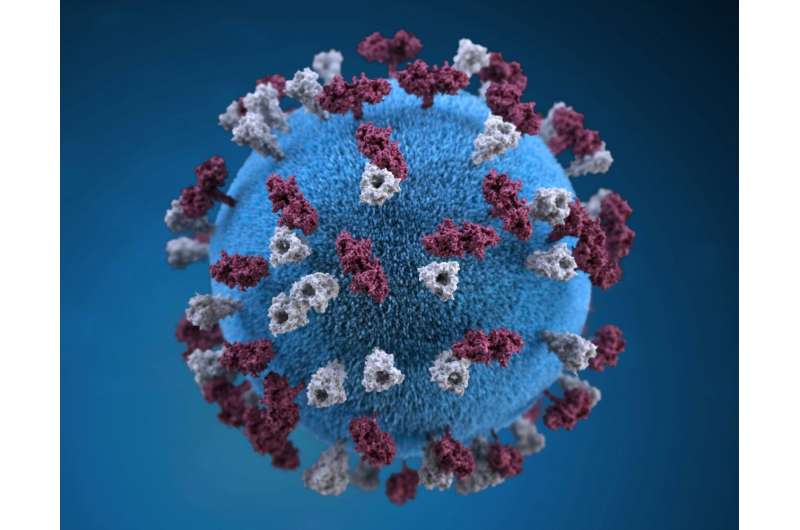Link Between Nitrate in Drinking Water and Increased Preterm Birth Risk

New research links low levels of nitrate in drinking water to higher risks of preterm birth and low birth weight, prompting calls to reevaluate existing water safety standards.
Recent research highlights a concerning association between nitrate levels in drinking water and adverse pregnancy outcomes, including preterm birth and low birth weight. Conducted by Jason Semprini from Des Moines University College of Health Sciences, the study analyzed over 357,000 birth records from Iowa from 1970 to 1988, correlating them with county-level nitrate measurements taken within 30 days before conception. The findings reveal that even nitrate levels below the current EPA limit of 10 mg/L can pose risks, with exposures above 0.1 mg/L linked to increased preterm birth rates, and levels above 5 mg/L associated with higher chances of low birth weight babies. The study suggests that the existing regulatory standards might be insufficient to protect fetal development during critical early pregnancy stages. Although the data is limited to Iowa, the rising nitrate contamination in groundwater nationwide raises concerns about broader implications. Semprini emphasizes the need to revisit regulations, as current standards haven't changed since 1992, and more comprehensive data could reinforce the argument for stricter controls. He advocates that there is no safe level of prenatal nitrate exposure, urging policymakers to reconsider standards to better safeguard maternal and infant health.
Stay Updated with Mia's Feed
Get the latest health & wellness insights delivered straight to your inbox.
Related Articles
Cook County, Illinois Reports Second Measles Case in Suburban Area This Year
Cook County, Illinois, confirms the second measles case in suburban areas this year, highlighting the importance of vaccination to prevent outbreaks. The recent case involves a 4-year-old unvaccinated child believed to have contracted the virus during international travel.



